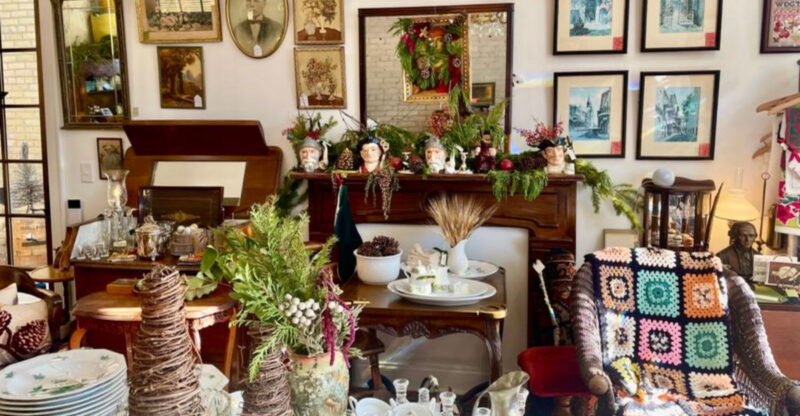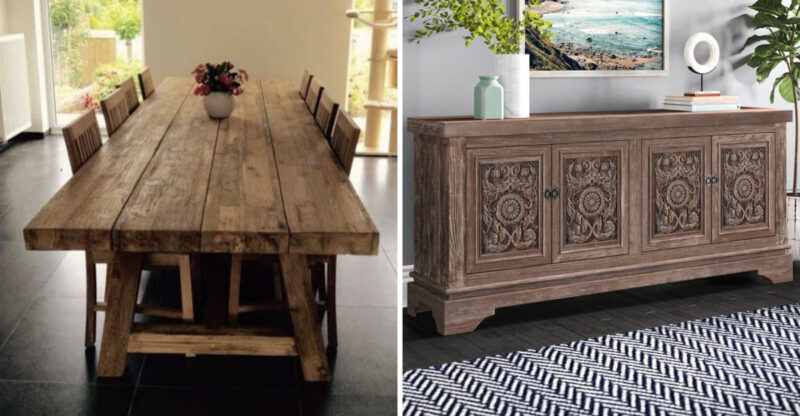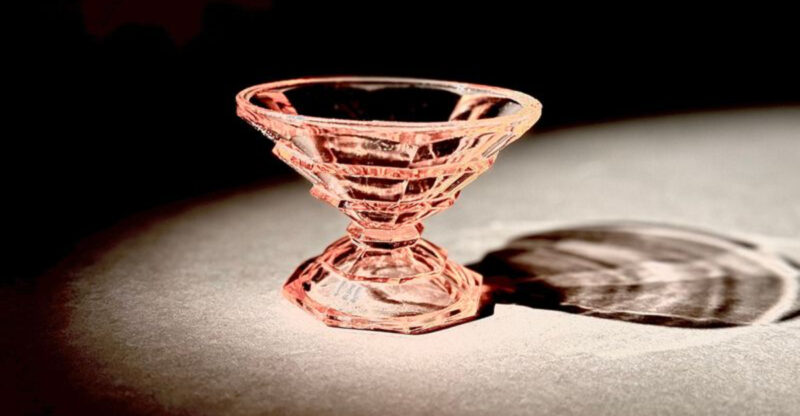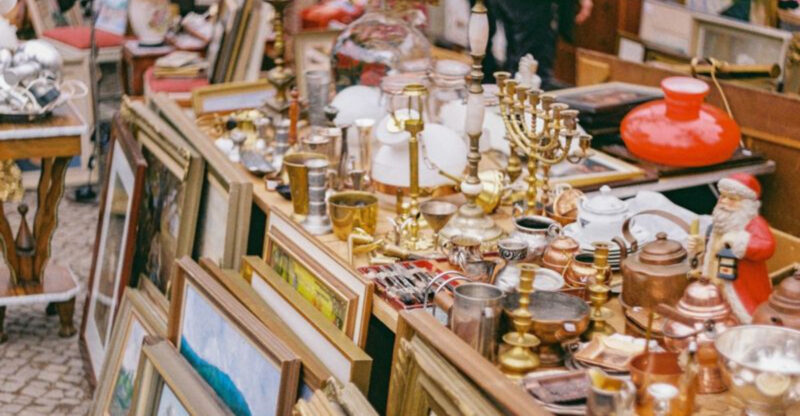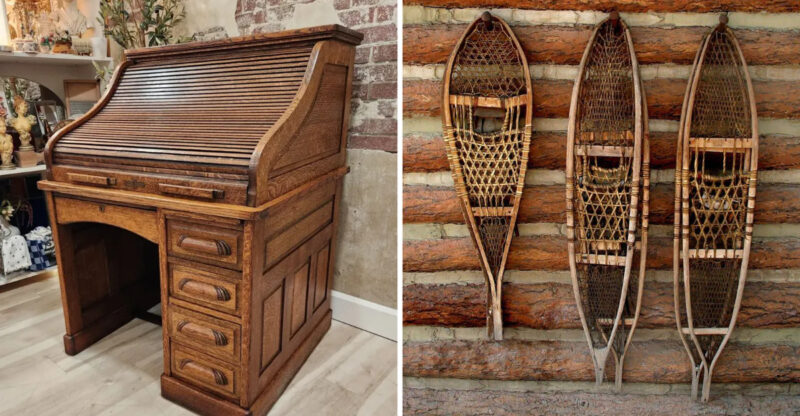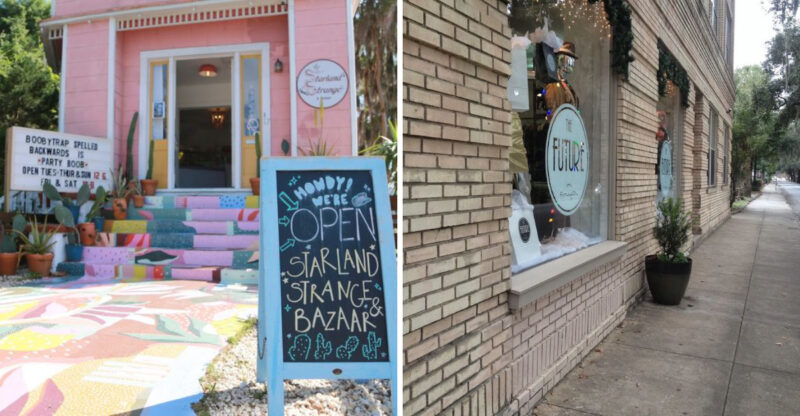8 Antique Finds From 1900s Omaha Homes That Might Be Worth Thousands + 5 That Are Best Left Behind
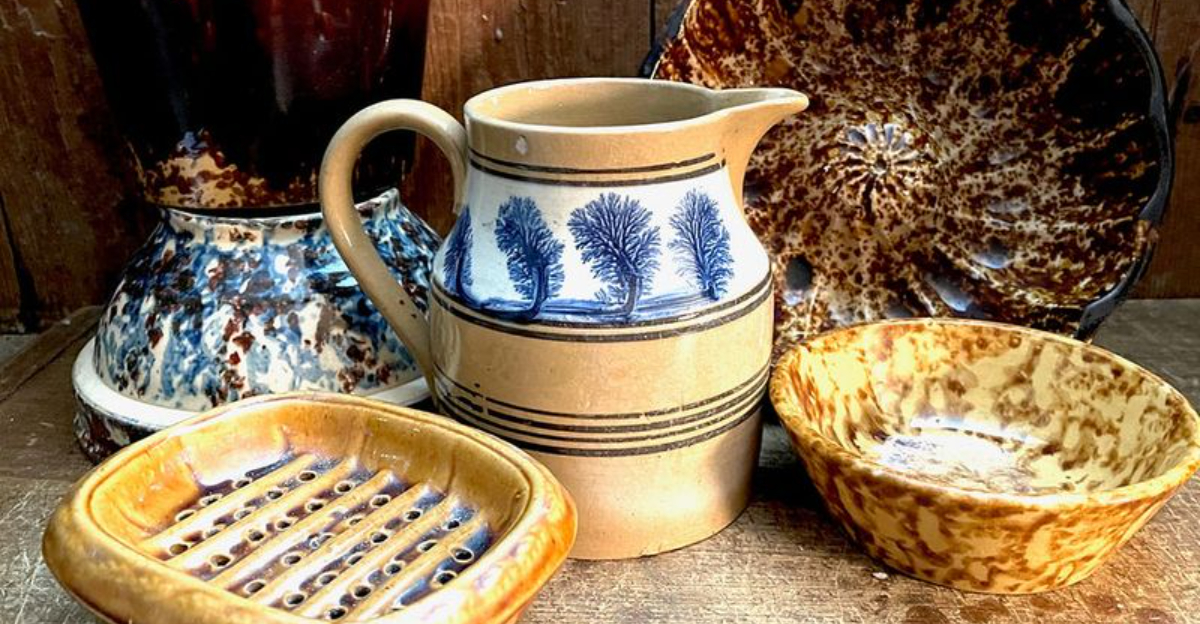
Omaha’s historic homes are treasure troves of century-old artifacts that tell stories of Nebraska’s past. Renovating these beautiful properties often uncovers hidden gems that could fetch surprising sums at auction.
Before you toss out Grandma’s old furniture or those dusty fixtures from your newly purchased Victorian, check out which antiques might fund your next vacation and which ones deserve a one-way trip to the curb.
1. Eastlake Dressers
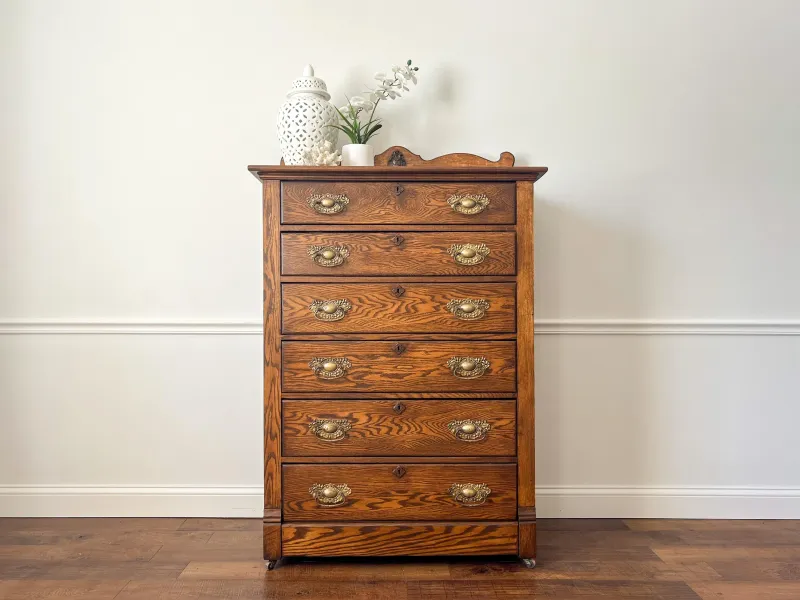
Furniture detective work pays off when spotting these geometric beauties! Characterized by incised lines, decorative hardware, and angular designs, Eastlake dressers from Omaha estates can command $2,000-$5,000 in good condition.
The style, created by Charles Eastlake in the 1870s-1880s, remained popular in Midwestern homes well into the early 1900s. Look for original marble tops and intact mirror frames to maximize value.
2. Handcrafted Oak Sideboards
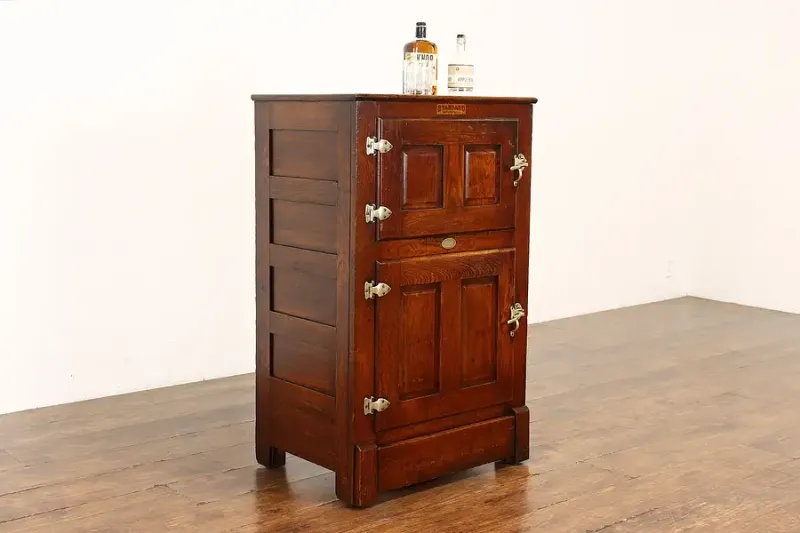
Golden oak treasures lurk in many Omaha basements! Massive sideboards crafted by skilled cabinet makers feature intricate carvings, beveled mirrors, and dovetail joints that showcase superior craftsmanship.
Auction houses frequently see these pieces selling between $3,000-$8,000 depending on condition and provenance. The quarter-sawn oak’s distinctive tiger-stripe grain pattern makes these dining room showpieces particularly desirable to serious collectors.
3. Art Nouveau Light Fixtures
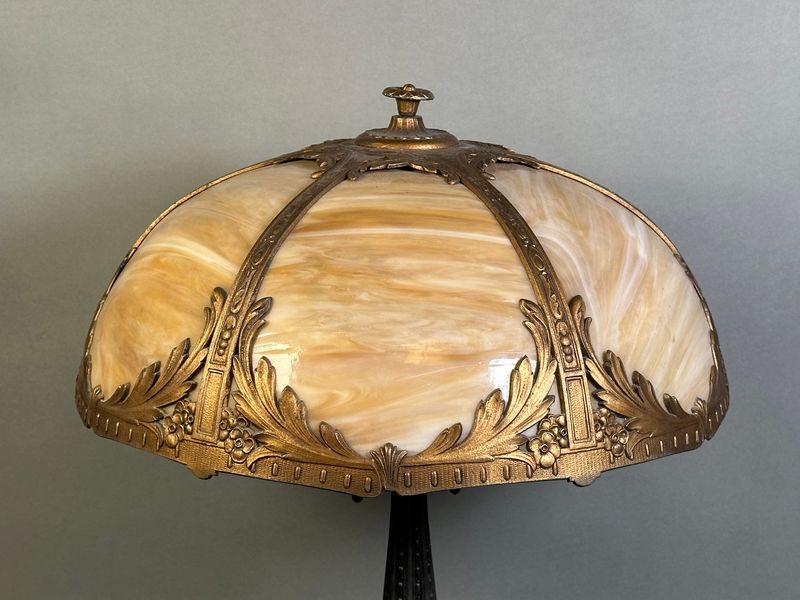
Forgotten in attics or still hanging proudly, these illuminating treasures feature sinuous, nature-inspired designs that defined the Art Nouveau movement. Bronze and brass fixtures with original slag glass shades can brighten your bank account with values ranging from $1,500-$10,000.
Collectors particularly covet signed pieces from makers like Tiffany Studios or Handel. Even unmarked quality examples with intact wiring can fund a nice vacation when authenticated by an expert.
4. Stained Glass Windows
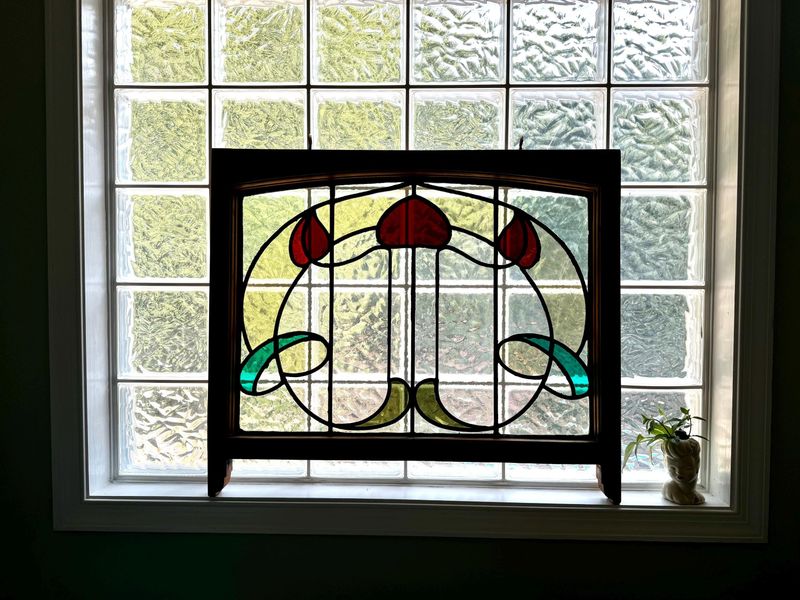
Kaleidoscopes of history illuminate Omaha’s architectural legacy! Original stained glass windows featuring jewel-toned geometric patterns or floral motifs can fetch astonishing prices from preservation-minded buyers.
Carefully removed during renovations, these artistic panels often sell for $1,000-$15,000 depending on size, condition, and artistic merit. Prairie-style designs with wheat patterns or craftsman-inspired elements reflect Nebraska’s agricultural heritage and command premium prices.
5. Original Cast Iron Radiators
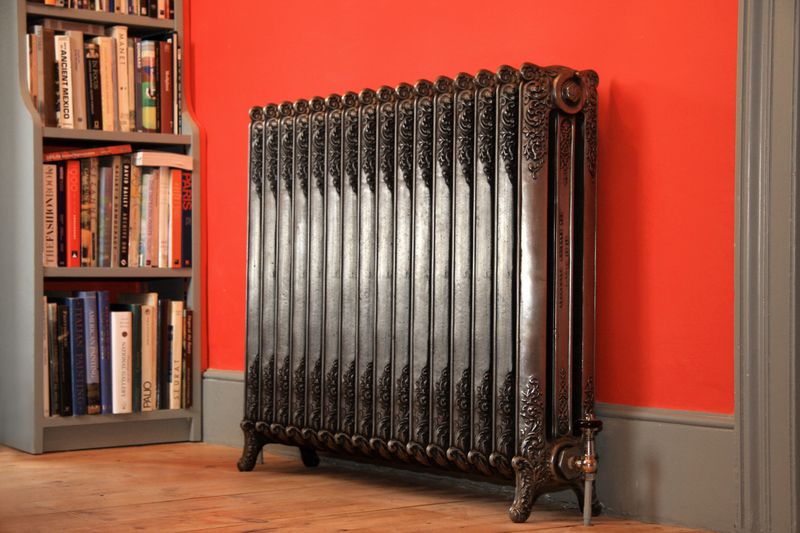
Heavy metal never looked so good! These ornamental heating workhorses feature elaborate scrollwork and detailed patterns that modern replicas simply can’t match. Salvage yards and architectural antique dealers pay $500-$3,000 for intact specimens.
Homeowners renovating historic properties seek these functional sculptures for both their heating efficiency and decorative appeal. The most valuable examples feature unusual heights, rare patterns, or manufacturer marks from local Omaha foundries.
6. Vintage Steamer Trunks
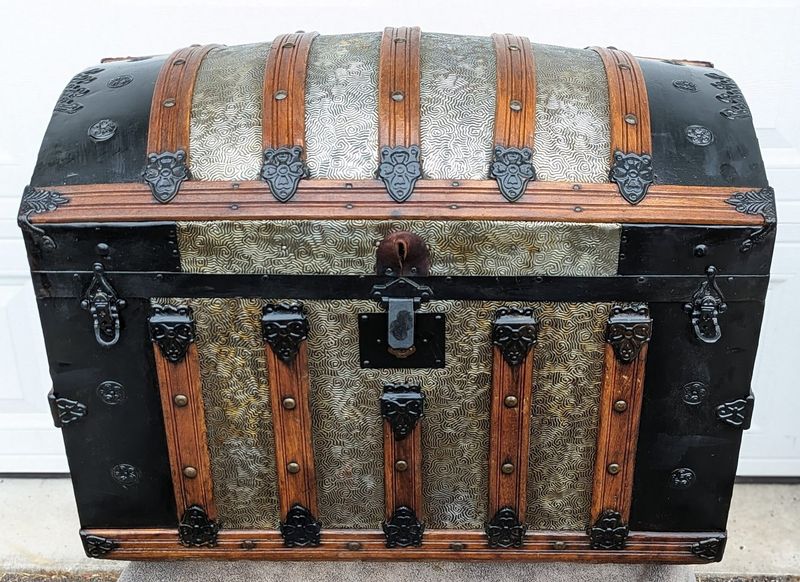
Journey back in time with these portable time capsules! Once belonging to European immigrants settling in Nebraska, these sturdy travelers often contain maker’s marks from prestigious companies like Louis Vuitton, Goyard, or Innovation.
Trunks with original interior compartments, working locks, and paper labels can command $800-$5,000 from eager collectors. The most valuable examples feature canvas coverings with distinctive stripes or rare dome-top designs that weren’t mass-produced.
7. Early American Pottery
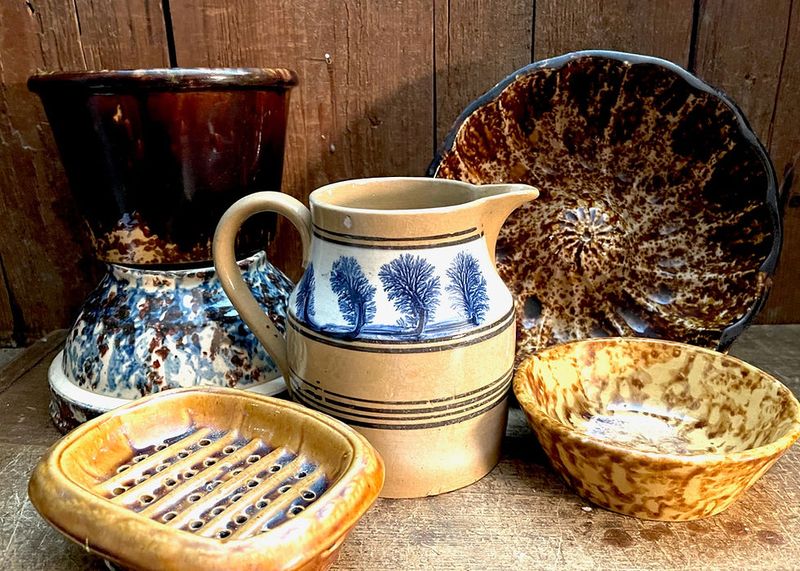
Clay treasures tell tales of domestic life! Distinctive Red Wing crocks, locally-made Nebraska pottery, or Arts and Crafts movement pieces by Rookwood or Weller can command surprising prices at auction.
Values range from $500-$7,000 depending on maker, glaze quality, and condition. Blue-decorated stoneware with hand-painted designs particularly excites collectors. Even humble utilitarian pieces with regional significance or unusual forms can become valuable investments.
8. Handwoven Quilts
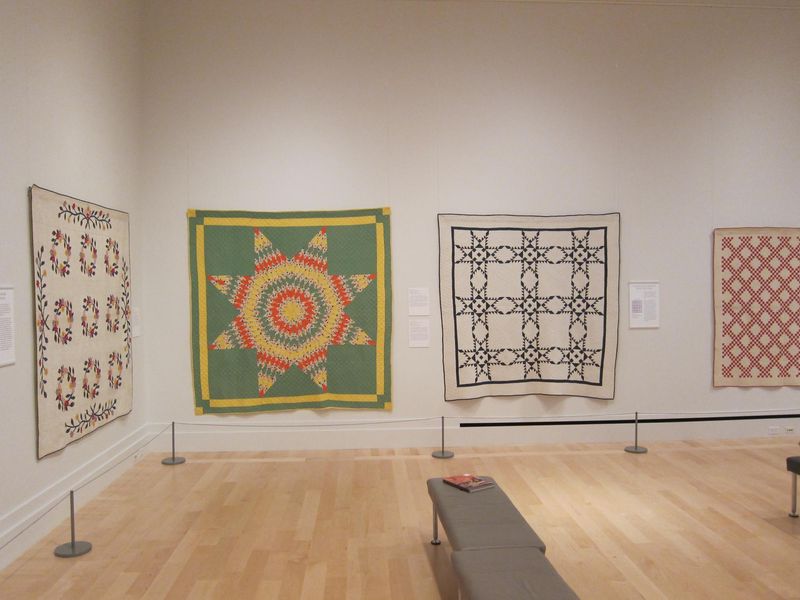
Fabric heirlooms stitched with love and skill represent Nebraska’s pioneer spirit! Quilts made before 1920 featuring unusual patterns, fine needlework, or documented provenance can fetch $1,000-$15,000 from textile collectors and museums.
The most valuable examples include Crazy Quilts with silk and velvet pieces or Wedding Ring patterns with tiny, precise stitching. Family records detailing the quilt’s maker and history dramatically increase both historical significance and monetary value.
9. Mass-Produced Pressed Wood Furniture
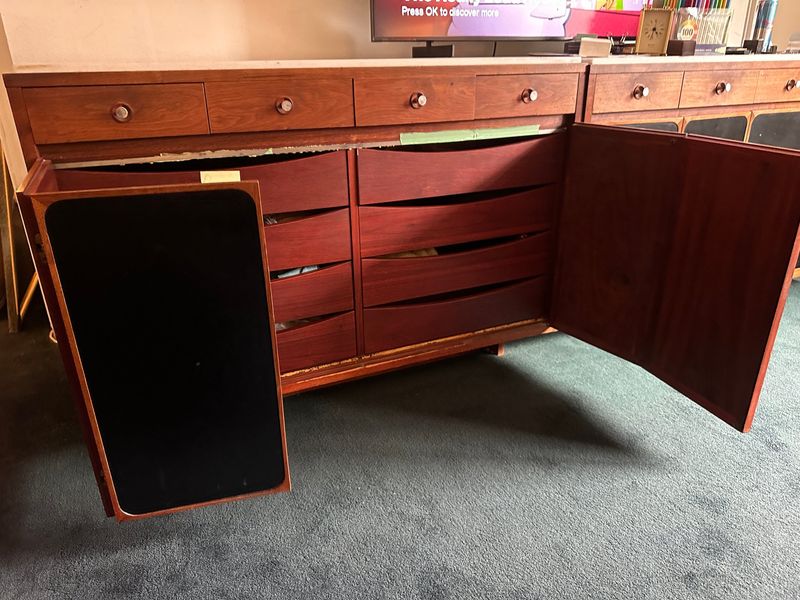
Fake wood finishes fool many hopeful sellers! Unlike solid hardwood pieces, these early mass-produced items used thin veneers over cheaper substrates that haven’t stood the test of time.
Often mistaken for valuable antiques, these 1900-1930 department store offerings hold little appeal for serious collectors. The peeling veneer, warped surfaces, and dated designs typically bring less than $100 at estate sales, making restoration efforts financially impractical.
10. Incomplete China Sets
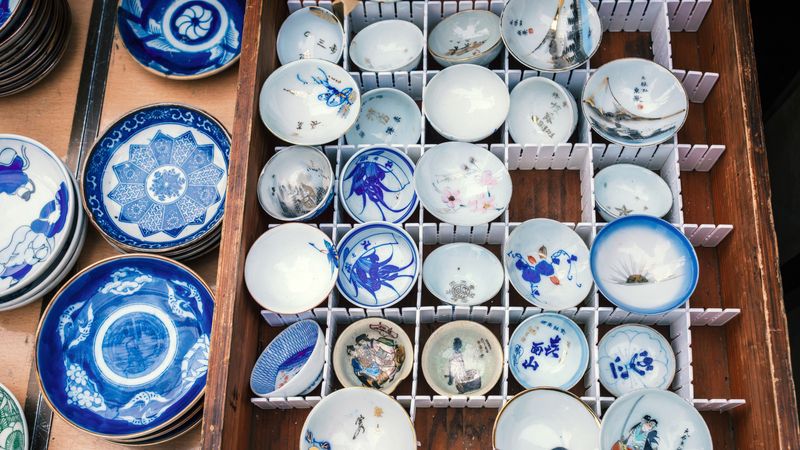
Fractured family treasures rarely pay dividends! Partial sets of dinnerware missing crucial pieces like sugar bowls, creamers, or serving platters hold limited appeal in today’s market.
Even patterns from respected manufacturers like Limoges or Haviland struggle to find buyers when incomplete. Most dealers value fragmented sets at 70-90% less than complete ones. Unless extremely rare or featuring unusual Nebraska-specific designs, these partial collections are better donated than sold.
11. Water-Damaged Sheet Music Cabinets
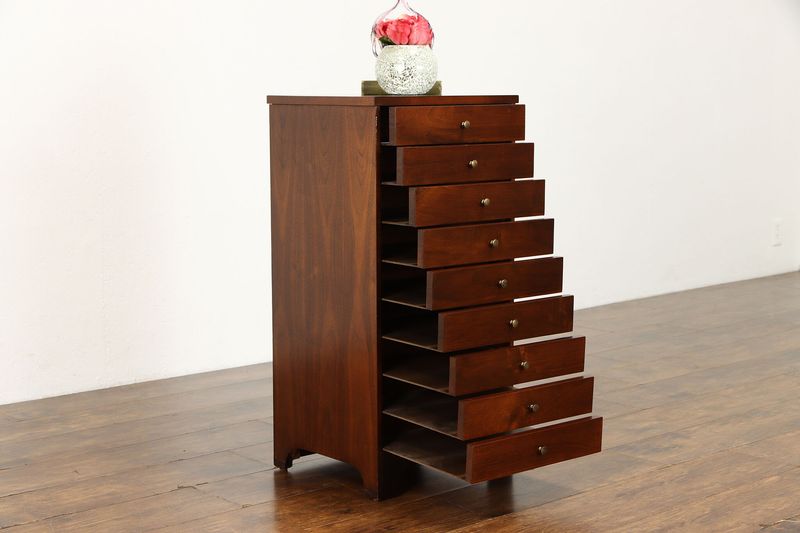
Musical disappointments abound when these specialized storage pieces succumb to Nebraska’s basement humidity! Once housing popular ragtime scores and early jazz standards, these narrow cabinets with multiple shallow drawers rarely survive in sellable condition.
Water damage causes warping and delamination that destroys structural integrity. Even examples with decorative sheet music decoupaged on drawer fronts typically sell for under $75 unless completely restored, making them renovation money pits.
12. Worn-Out Upholstered Rockers
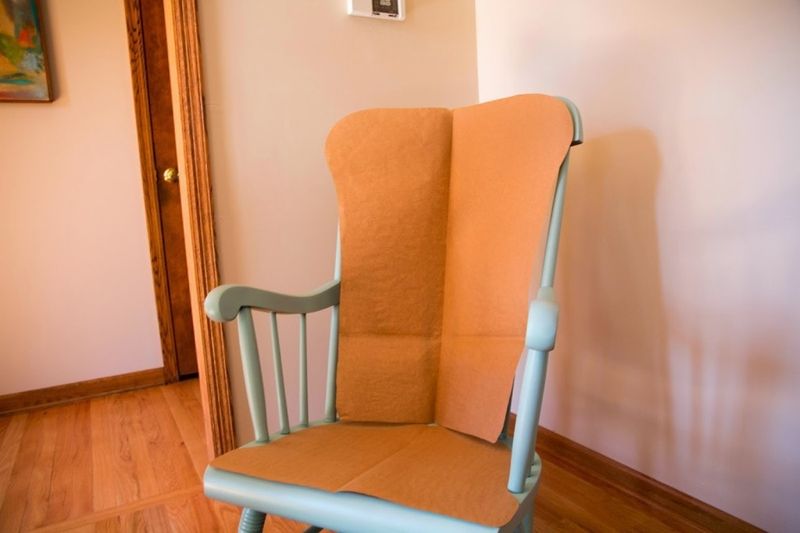
Comfort from yesteryear rarely translates to modern value! These once-cozy seating options typically feature outdated proportions, compromised springs, and fabrics harboring a century of dust and allergens.
Reupholstery costs often exceed $800-$1,200, far surpassing the $50-$200 market value of most examples. Unless the rocker bears a recognized maker’s mark like Stickley or features exceptional carved details, most restoration professionals recommend passing on these tired treasures.
13. Cracked Or Chipped Depression Glass
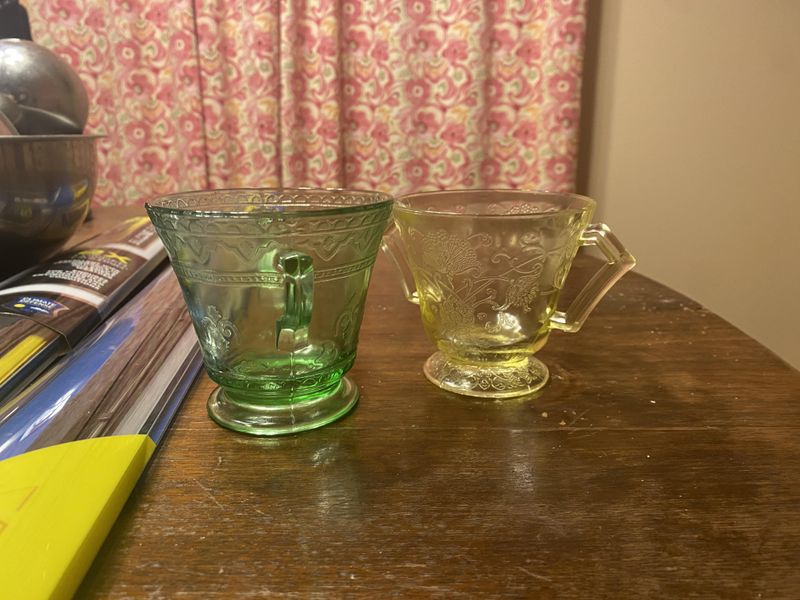
Shimmering disappointments catch many novice collectors! These mass-produced colored glass pieces were often given away as promotional items at movie theaters and gas stations during the 1920s-30s.
While perfect specimens hold modest value, damaged examples are essentially worthless. Microscopic cracks, chips, or clouding from dishwasher exposure render these once-cheerful items unsellable. Even pink or unusual colored pieces bring minimal returns when flawed.

